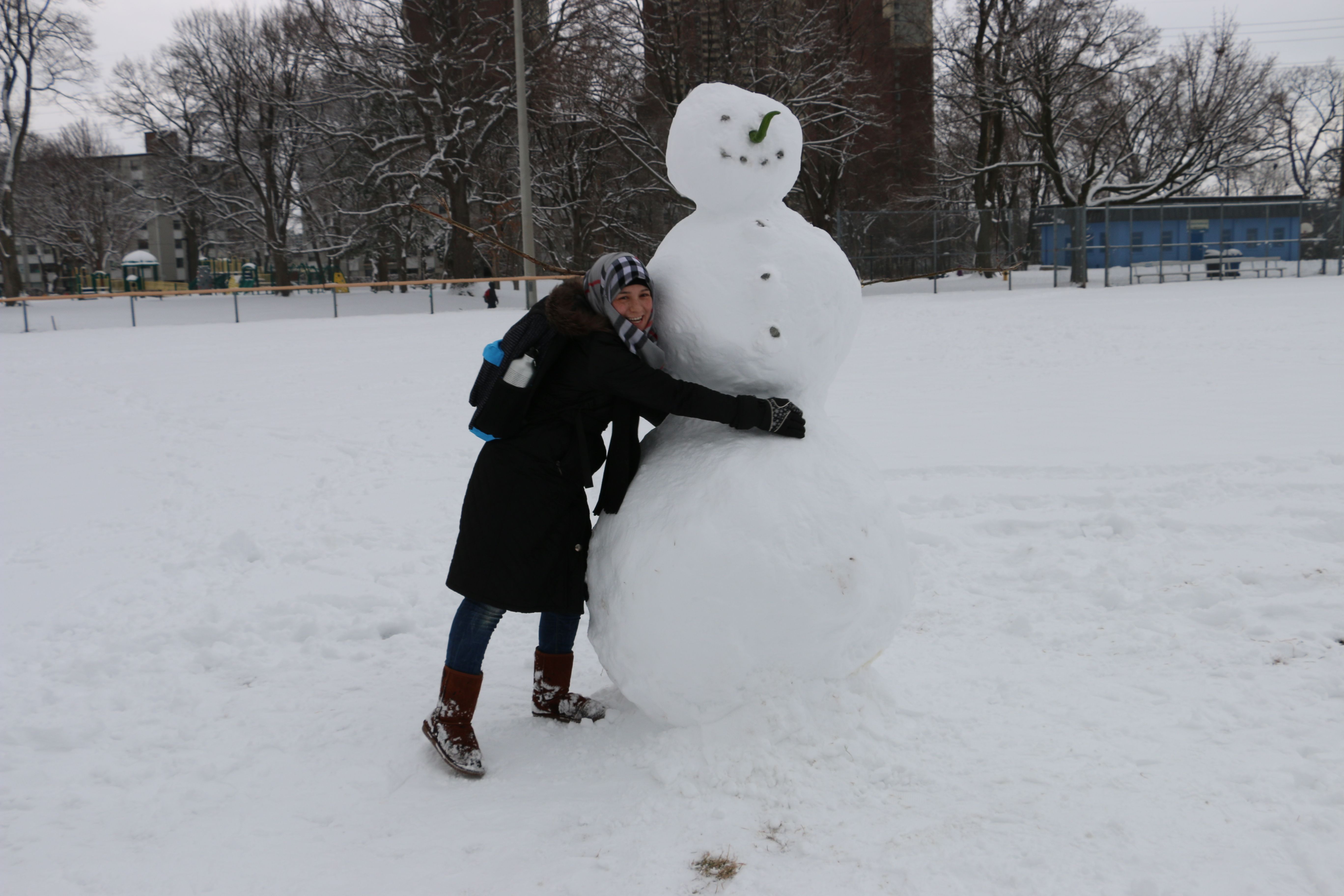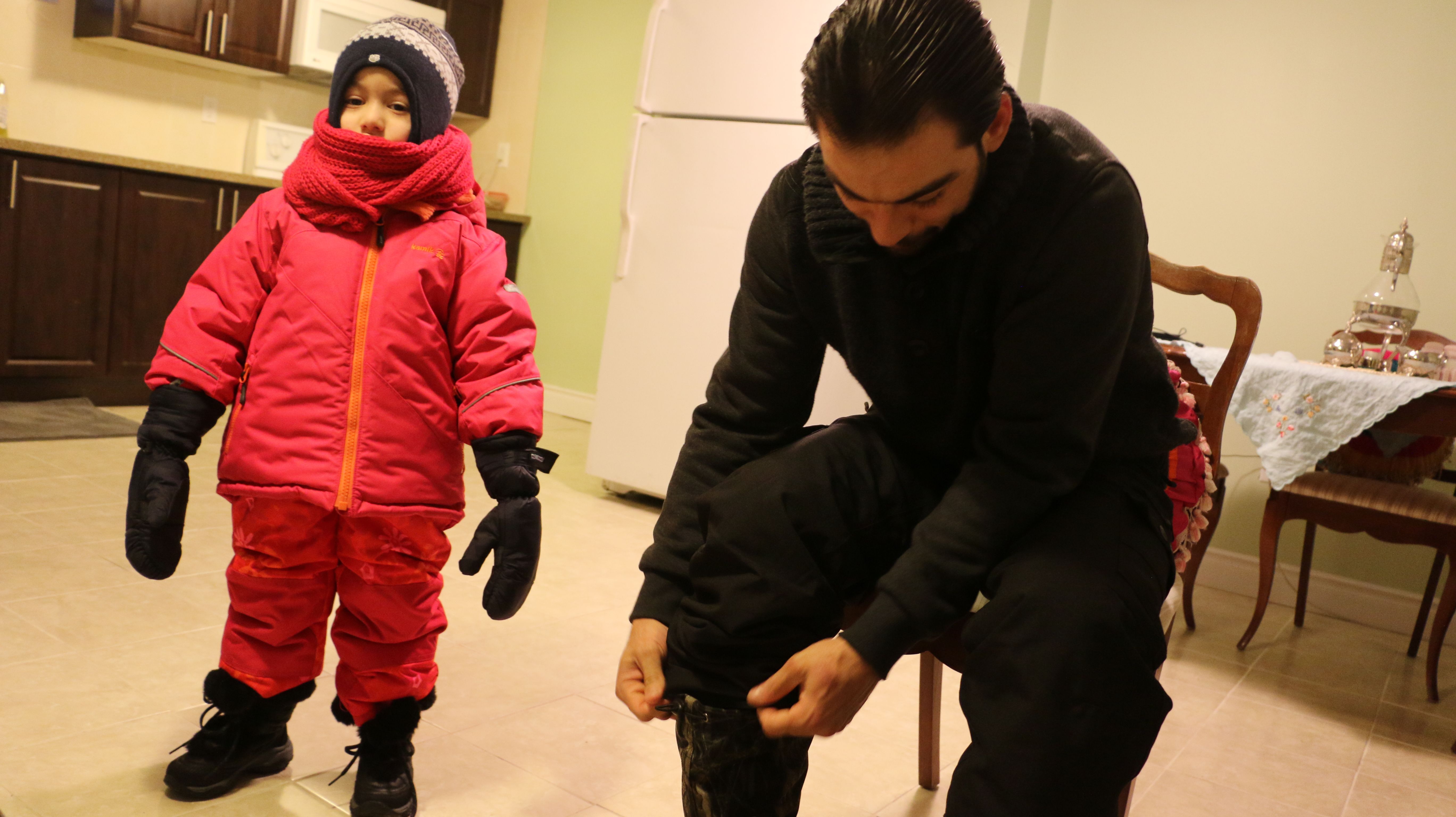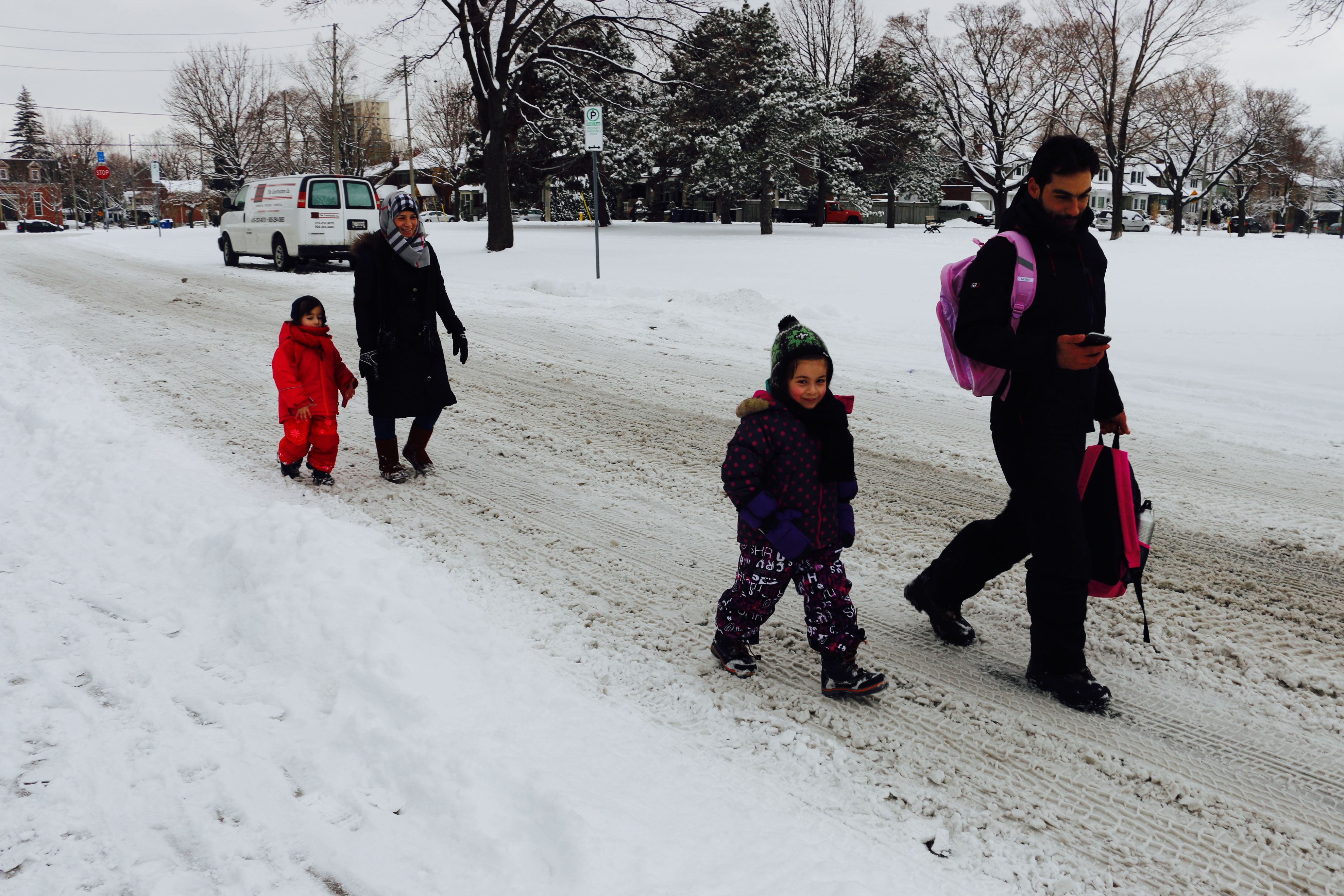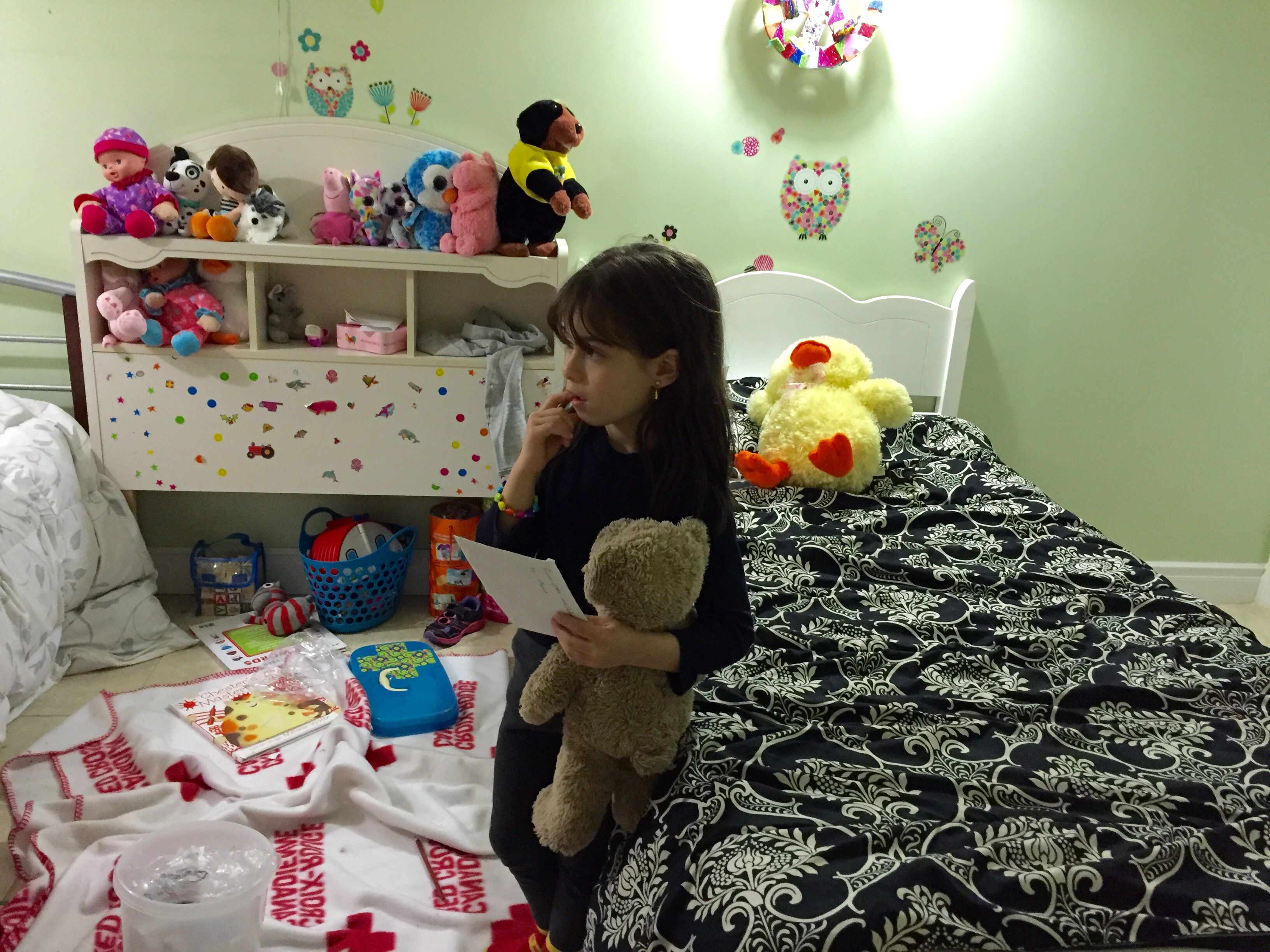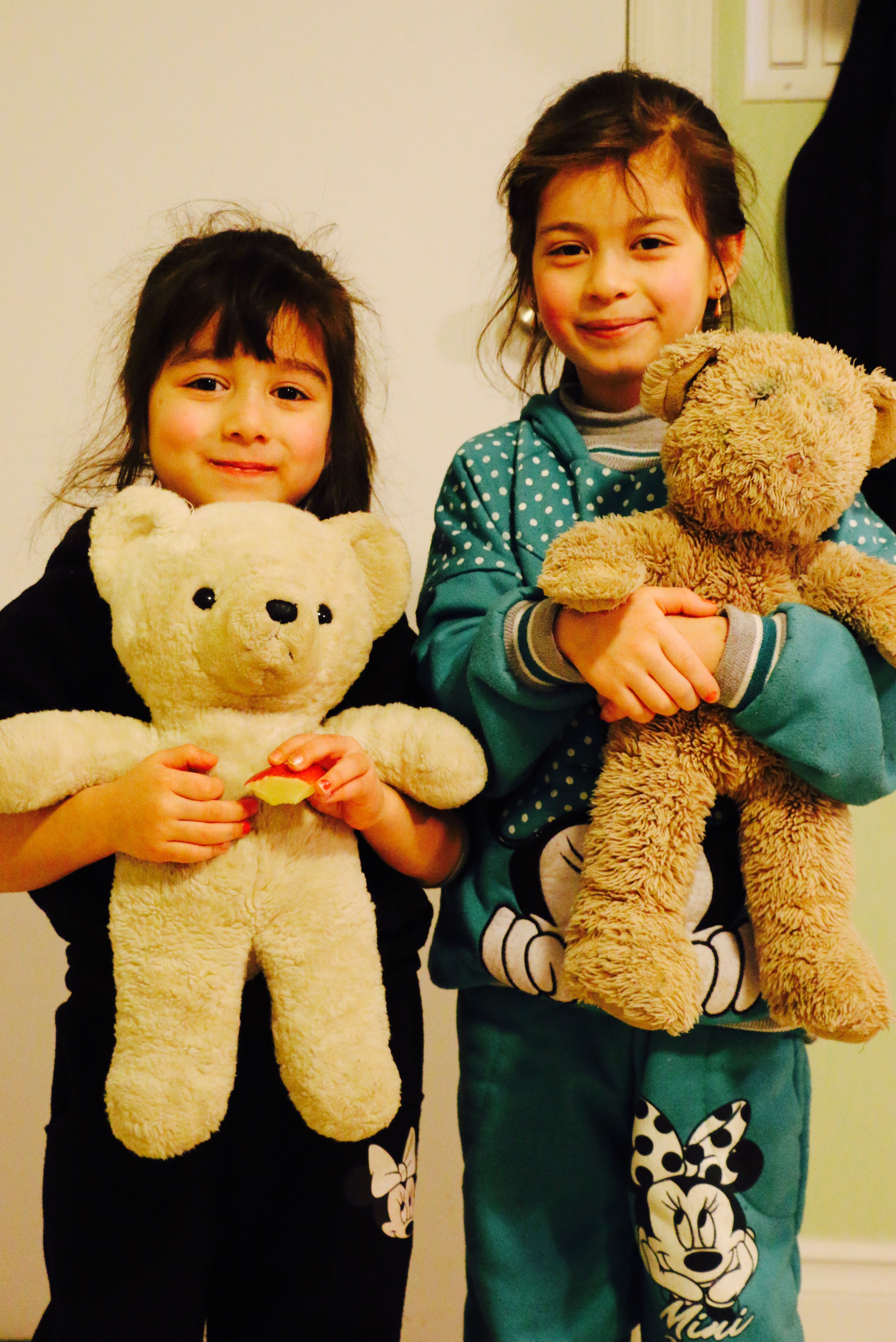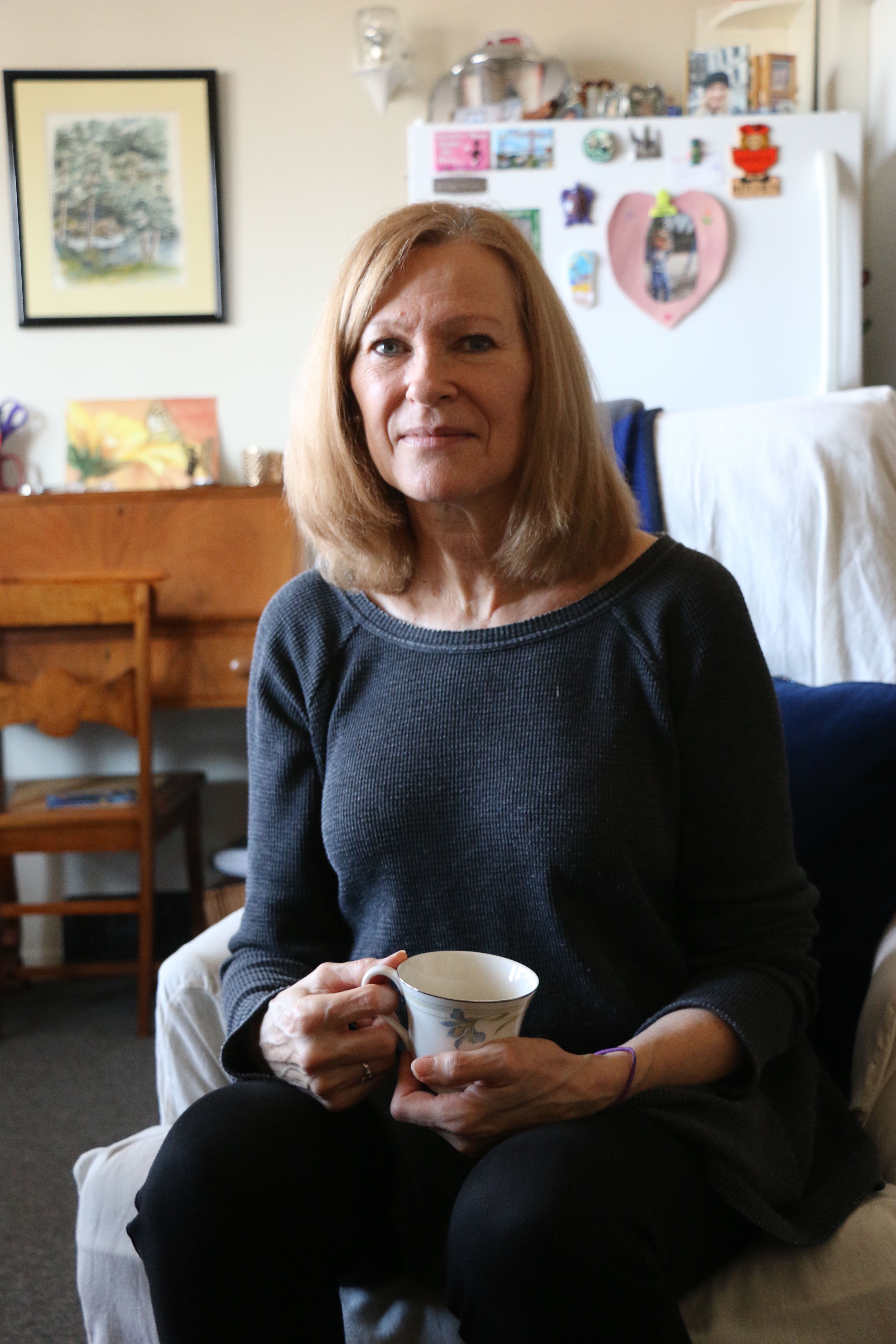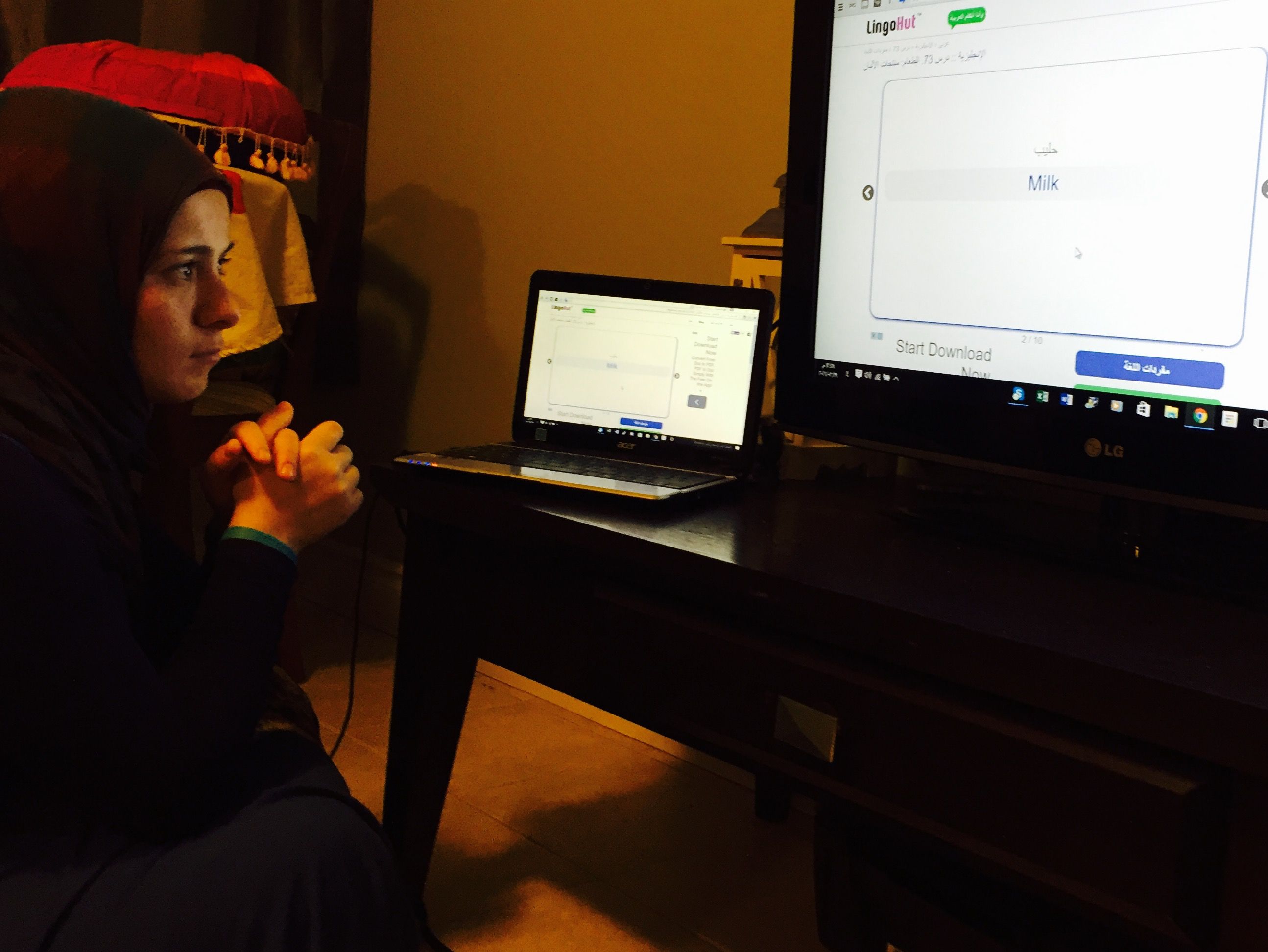Common Core Standard:
CCSS.ELA-LITERACY.RI.9-10.3: Analyze how the author unfolds an analysis or series of ideas or events, including the order in which the points are made, how they are introduced and developed, and the connections that are drawn between them.
Objective:
You will be able to analyze how a journalist balances the use of narratives and facts to tell a story in order to write persuasive letters to your community that advocate for a community-based program that supports Syrian refugees.
Warm-up:
1. What would it take for you to leave your home? Brainstorm a list of reasons that you would permanently leave your home, even with just a day’s notice.
2. According to the United Nations High Commissioner for Refugees, nearly five million people from Syria have fled their homes and registered as refugees in other countries. On your own, or with a partner, make a list of what you know about why this is happening. Check your answers by reviewing this brief summary of the Syrian conflict from PBS Newshour.
3. If you had to leave the United States, where would you want to go? Why? Make a list of five countries you would choose to go. For an extra challenge, try selecting five countries where you don’t speak the language.
4. Imagine that you were only able to travel with one suitcase. Make a list of things you would take with you. Then, make a list of things you would need when you arrive.
5. Reflect/Discuss: Upon arrival in your new country, how would you get the things that you need? Where would you go for help?
Introducing the Lesson:
Today’s lesson will focus on how a journalist reports the story of one community that is working together to support Syrian refugees as they travel to Canada. As you read, compare how the experiences of the subjects in the article are similar to or different from what you imagined as part of the warm-up.
As you read, also pay attention to how writer Robin Shulman unfolds the story. Consider the following questions:
- How does Shulman balance facts and narratives?
- What were the most impactful moments in the story? How did Shulman set up those moments, and how do you think she decided where to place those moments in the story?
- What is the arc of the story? Why do you think the story ends the way it does?
Introducing the Article:
1. Read the following from the introduction to Robin Shulman’s article “While Other Countries Turn Syrian Refugees Away, Canadians Are Taking Them Home” and answer the questions attached.
“The snow looks beautiful to Amir, a clean white sheet over a dirty world. Every footstep makes a fresh imprint. It’s how he feels about all of life in Canada.
“I feel reborn,” he has been saying since he landed in Toronto 10 days ago. Of course, there are details to figure out. No one in the family speaks English. They have no jobs. And they know almost no one.
But they do have a network of people poised to help. A group of strangers brought them to Canada, using a private sponsorship process that has become a global model and that some refugee advocates in the United States want to replicate. The program places the power of selecting, financing and resettling refugees in the hands of regular citizens, as long as the refugees clear Canadian government security, background and health checks.
So as Amir and Raghda navigate this new landscape, they are not alone. Amir was able to access Google Maps because his sponsor Ali Khan had set him up with a new phone and data plan. Sponsor Ashley Hilkewich had taken a day off work to take them to an English assessment, and another sponsor had registered the girls in school. For one year, Amir, Raghda and the girls have the support of about 20 Canadian volunteers and 80 donors.”
2. Now read the full article attached and answer the accompanying questions. (To see the photos from the article, review the second resource attached) As you read, continue to take notes responding to the following questions:
- How does Shulman balance facts and narratives?
- What were the most impactful moments in the story? How did Shulman set up those moments, and how do you think she decided where to place those moments in the story?
- What is the arc of the story? Why do you think the story ends the way it does
Discussion:
1. With a partner, or as a class, discuss how Shulman structured the piece. Use the following questions to guide your discussion:
- What moments stood out to you from the article? Why?
- How do you think Shulman chose how she began and ended the article?
- What do you think are the most important facts and narratives from the piece? What were the most important moments?
- What questions do you still have after reading the article?
Extension Activities:
1. Write a letter to a leader in your community that advocates for creating a program in your community that would support Syrian refugees moving to your city. Use information from Shulman’s article, and any other additional research you need, to describe what the program would look like and why it would work. Consider the following questions as your design your plan:
- How much would it cost one family to live in your community for one year?
- What are some of things you think someone would need to feel comfortable in your community?
- What are some of things that might be challenging for a person that is new to your community? (ex: do you use public transportation or drive? Is the city walkable? How easy is it to sign up for schools in your community?
2. Research to find out if your city offers programs supporting refugees from around the world. What is the structure of those programs? How do they compare to the program described in the article? Request to interview someone that has moved to your city as a refugee. Use your interview to structure a short reporting project. As part of your project, carefully balance narrative and facts to illustrate the story of the person you interviewed and the community that supports him/her/them. Share your report with Pulitzer Center by emailing [email protected]
The following lesson plan asks students to analyze the structure of an article describing how a community in Canada collaborated to support a Syrian family as they transitioned to living in Canada. For additional resources to use in teaching the history of the conflict in Syria, check out this resource from the education team at PBS Newshour.
Lesson facilitation notes:
1. The lesson plan is written for students to be able to explore the resources independently and reflection exercises independently.
2. Students may need to have an extra sheet of paper, or a blank online document open, to answer the warm up, comprehension and extension questions.
3. The lesson lists two extension exercises. Students could choose one or work through both of the listed exercises.
4/ The warm up and post-reading reflections in this lesson could also lead to rich conversations. You may want to work through the lesson along with the students and denote moments for interactive activities.
5. This lesson can be sent to students electronically by clicking "share" once it is published. From the electronic lessons, students can access the Pulitzer Center reporting by clicking on the links under "Resources". When printing the lesson, the text from the resources will print after the student instructions.
6. With questions about this lesson, contact [email protected]

